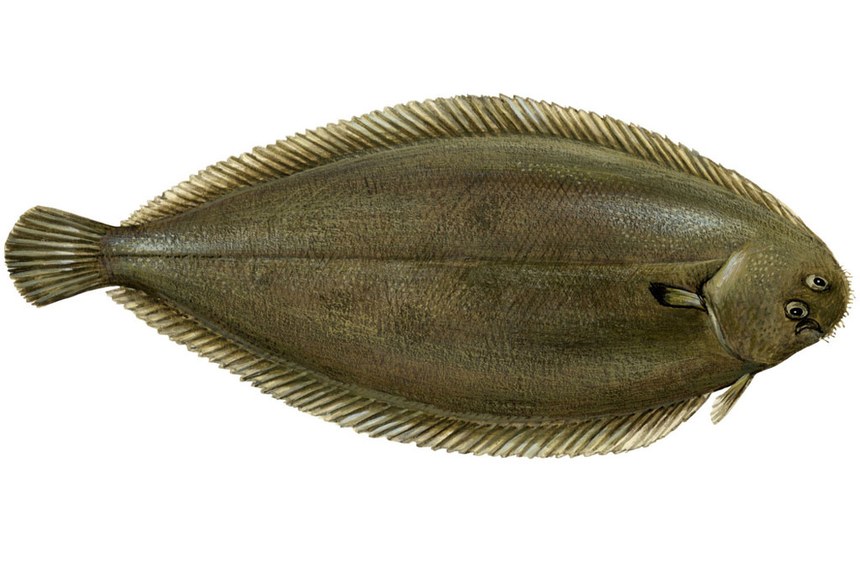Overview
Fisheries are composed of one or more parts, each of which is entitled to receive an MSC certificate. These parts or “units” are defined by their target stock(s), fishing gear type(s) and if relevant vessel type(s), and the fishing fleets or groups of vessels.
Attention
Some or all units that participated in this fishery are now covered by another assessment. Please see the Joint demersal fisheries in the North Sea and adjacent waters for more information.
About this Fishery
This fishery has been independently assessed but was not
recommended for MSC certification.
Read: Assessment clarifies sustainability challenges for pulse trawl fisheries >
This Dutch fishery is located in the North Sea, and targets two species of flatfish –sole and plaice.
Pulse trawling is a technologically advanced – although still controversial – variation on traditional beam trawling, invented in the Netherlands. Instead of the ‘tickler chains’ which disturb the seabed in front of the mouth of the net of a traditional beam trawl, allowing it to scoop up the fish, pulse trawling uses electrical drag wires mounted into the net. These send an electrical pulse around the net which shocks and stuns fish, facilitating their capture.
The method is still being assessed before any large-scale deployment, but it appears that support for the technology is growing across Europe.
Sole (Solea solea) image © Scandinavian Fishing Year Book
Market Information
The sole from this fishery (around 6.5 tonnes in 2014) is mainly sold fresh in Italy, France and Spain; and the plaice (21.5 tonnes in 2014) is mostly frozen for Italian, German and French markets.
